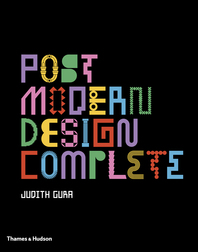In 1938, Stone designed a house for the then President of the Museum of Modern Art, A. Conger Goodyear. It showed signs of departure from the established norm of the International Style. Broad overhanging eaves sheltered floor-to-ceiling glazing from the summer sun--a practical necessity that Wright had recognized for over thirty years, Stone points out.
The overhanging roof line, which he refers to as the "hat" or "lid," is now one of his aesthetic priorities. Today, Stone thinks of the International Style as essentially an impoverished approach to architecture, one of transitory appearance whose synthetic austerity was never really compatible with the American image of home. "It was too cold, arid and sparse" he says, "and amenities which might have grace and charm were forsworn."
"It is my effort to seek what I call the inevitable, which I hope is distinct from the obvious. I believe, with some pride, that our buildings are well-planned and have an element of inevitability. I try to find an architecture that is hopefully timeless, free of the mannerisms of the moment. Architecture should follow a grander and more ageless pattern, and it can and should be approached simply.
I try to search for the most direct, honest solution to a given problem. If an architect conscientiously takes into account the circumstances that are unique to each building, then careful analysis should result in an original architectural solution. I am afraid that we architects are too fond of saying that no two problems are the same, and yet we follow the same design pattern we have previously developed.
"Style has been overemphasized: there are books devoted to architecture that do not show plans explaining the basic conception. In the search for novelty, sensational effect and modish styling, the result seems contrived rather than a natural object of beauty. There is a temptation for architects to seize upon transitory styles and deny their own creative heritage. Architecture is not millinery. Fashions pass by, buildings remain to become grim reminders of transient enthusiasms.
"It is encouraging that so many of our significant thinkers have pointed out the unfortunate environment we have created for our people, and are proposing corrective programs. When such programs are inaugurated, architects can begin to fulfill their destiny. We will not be wasting our effort creating precious prototypes in the midst of chaos, but adding brilliant buildings in a well-ordered plan for the country as a whole."






Post a comment to this article
Report Abusive Comment